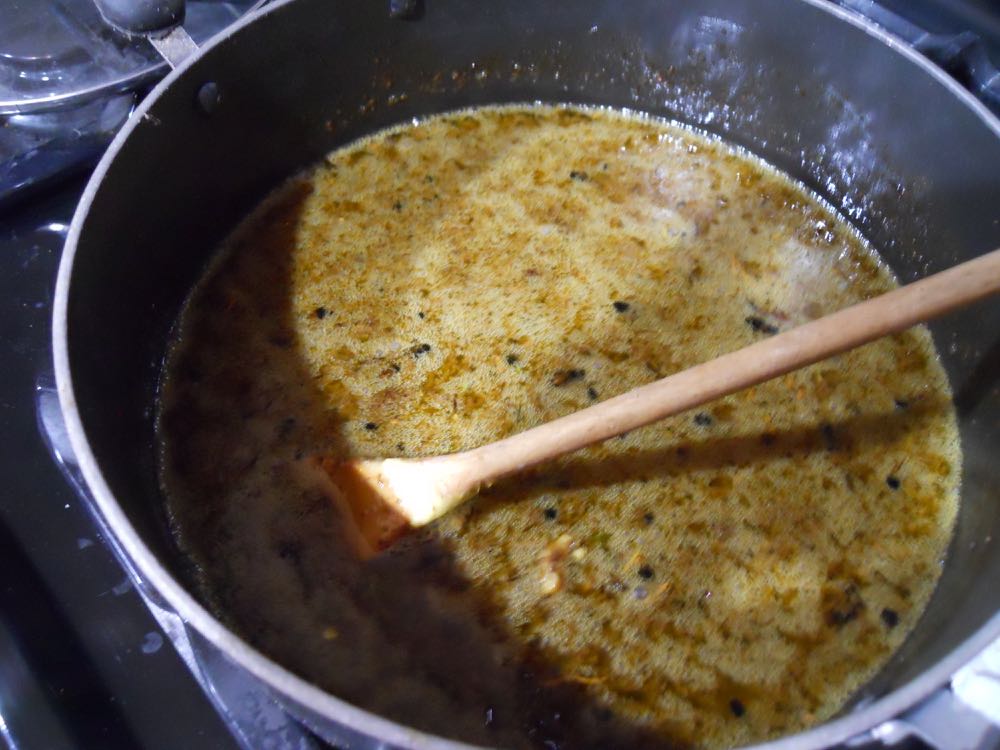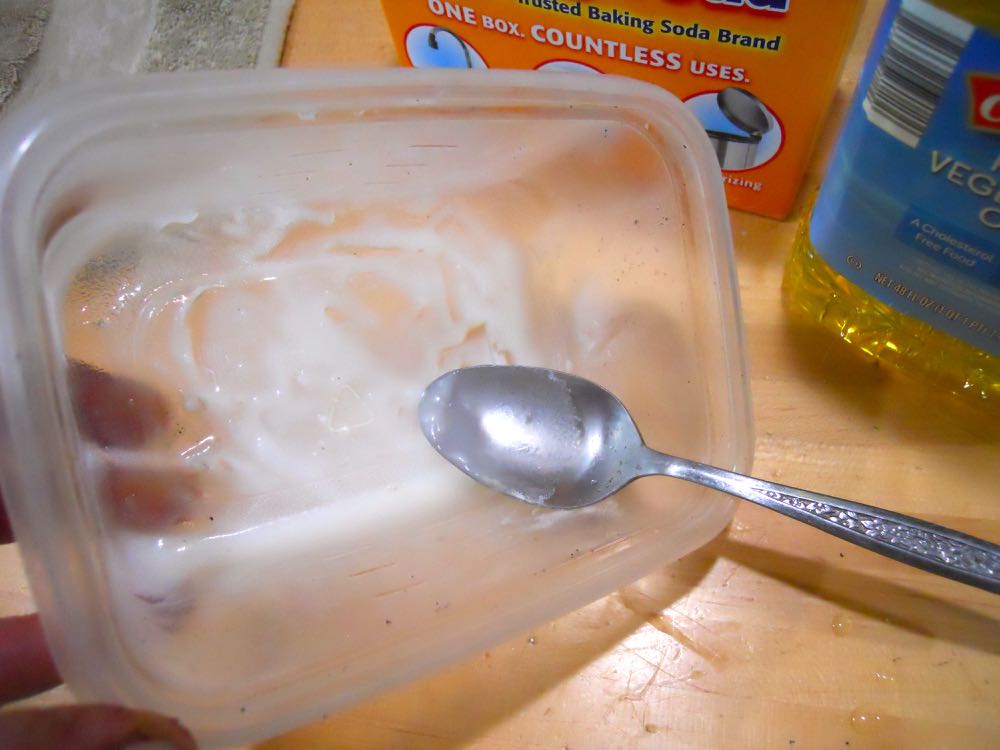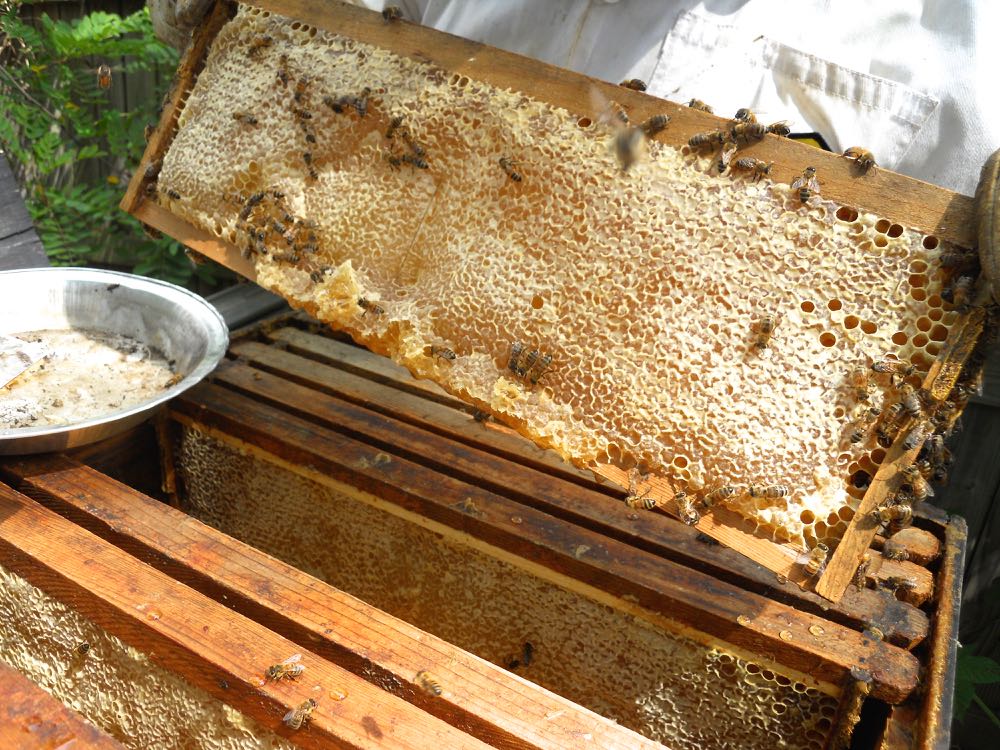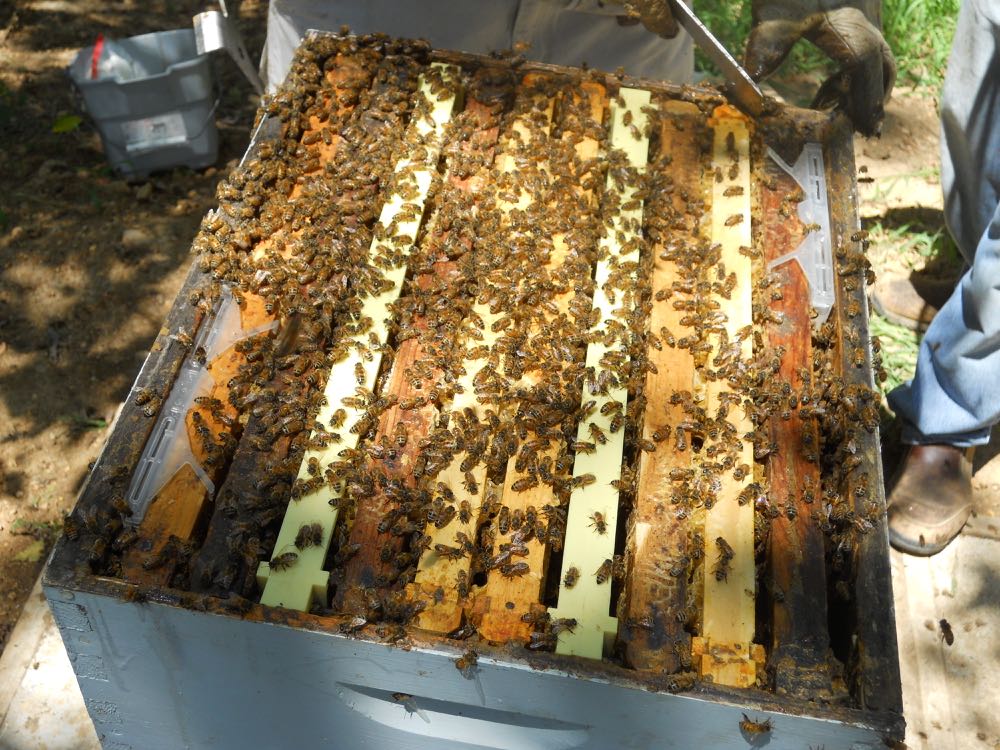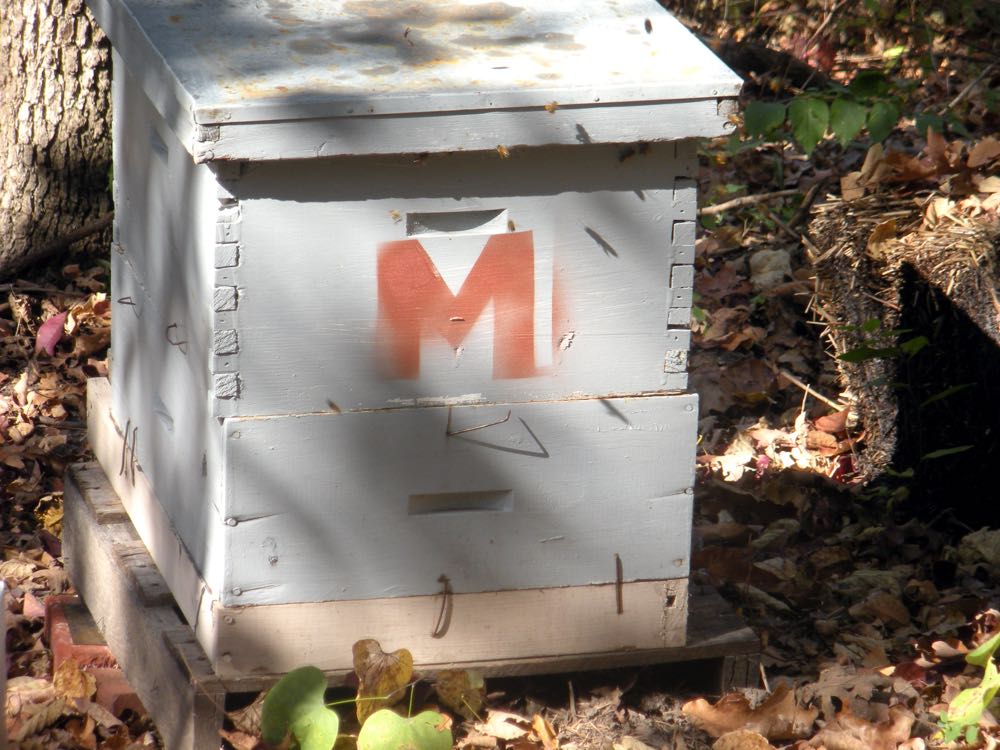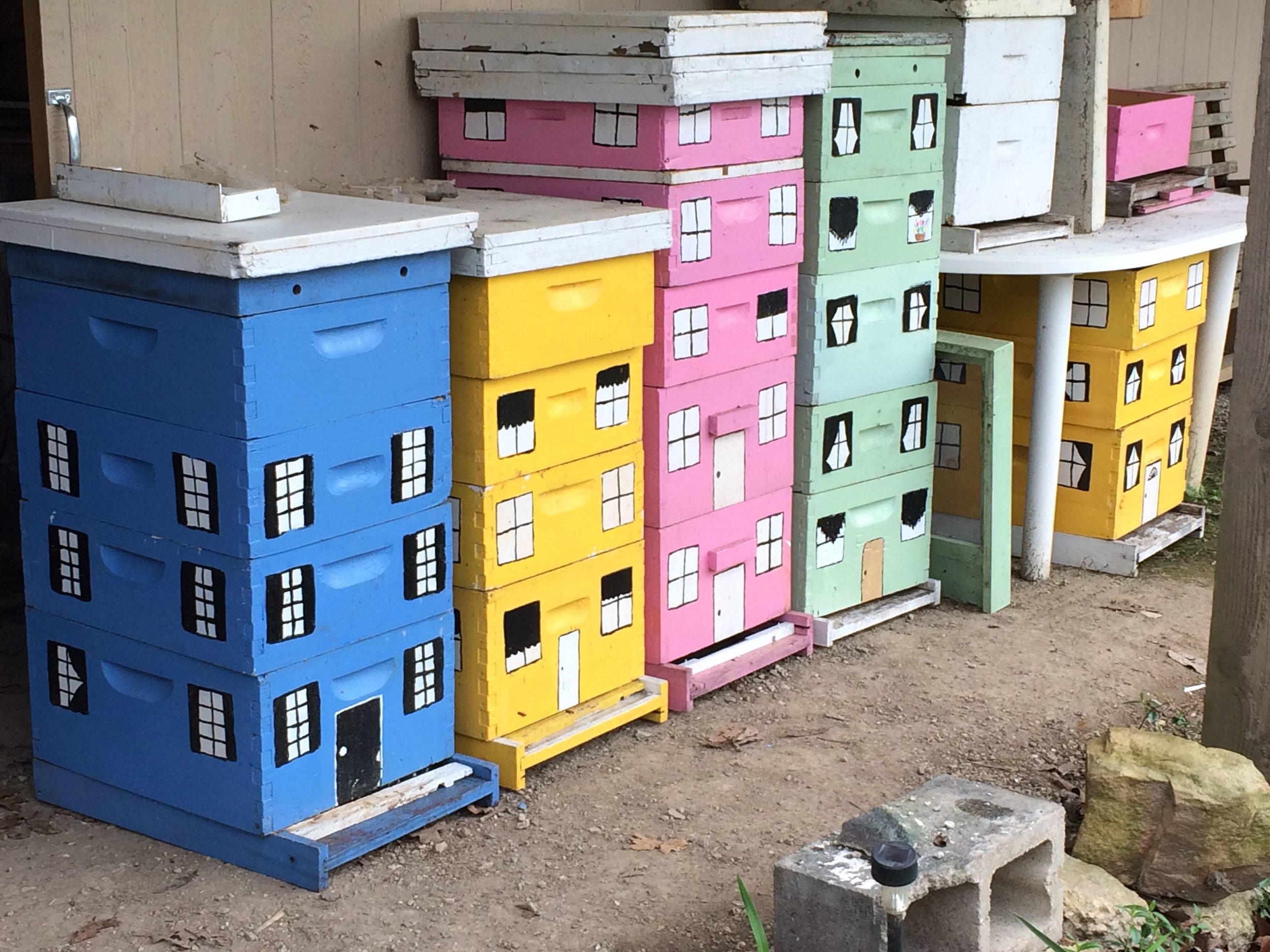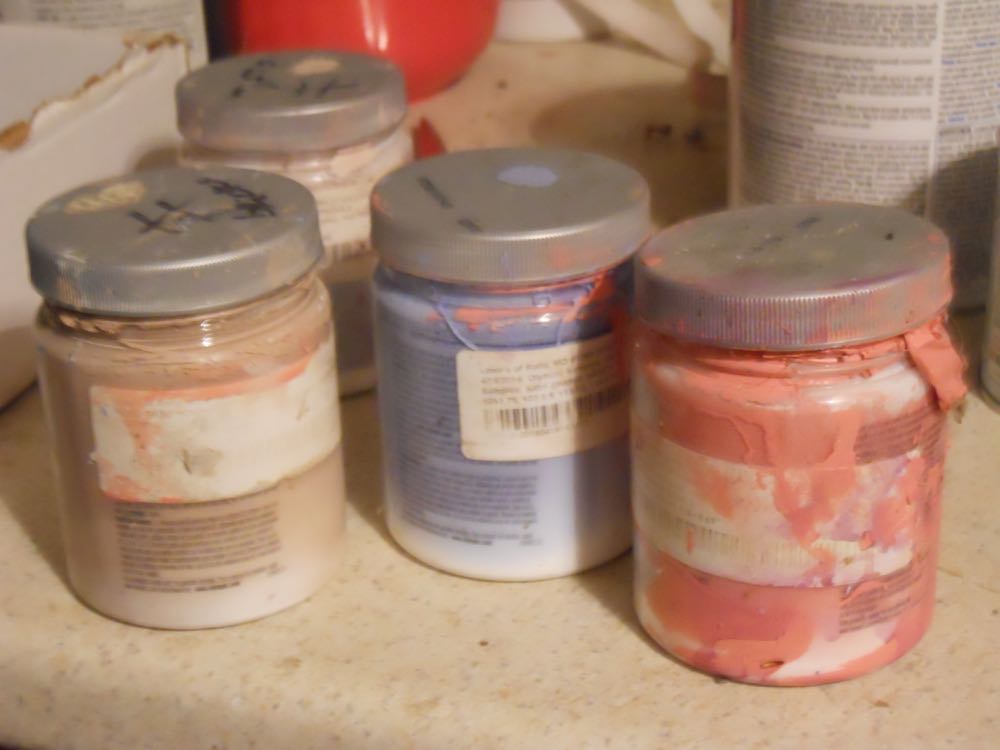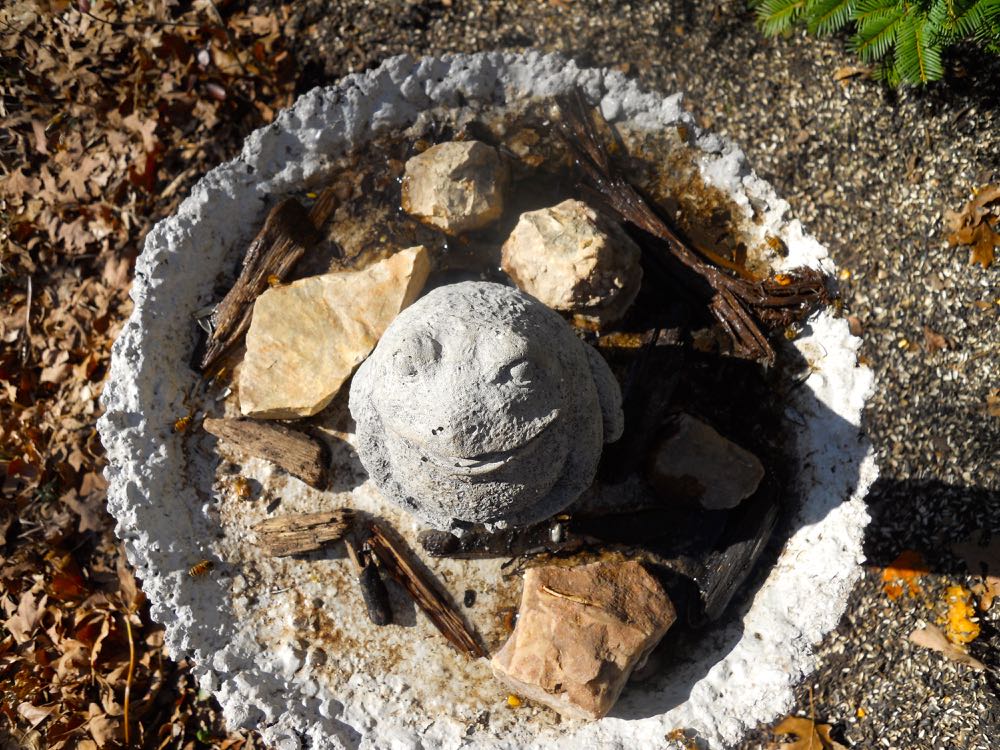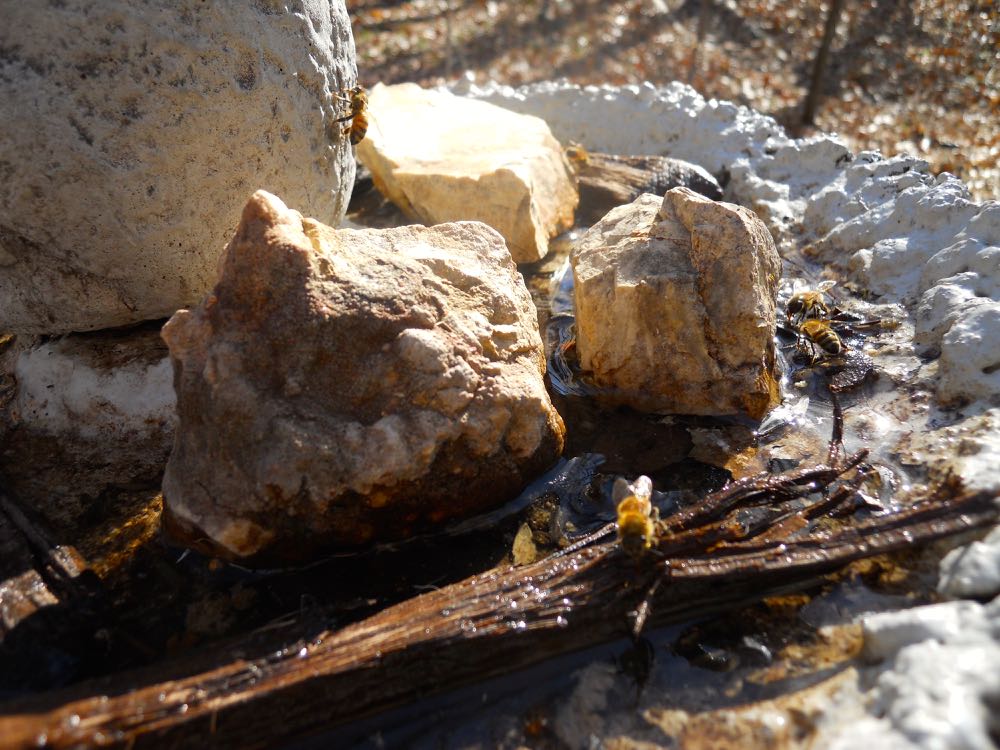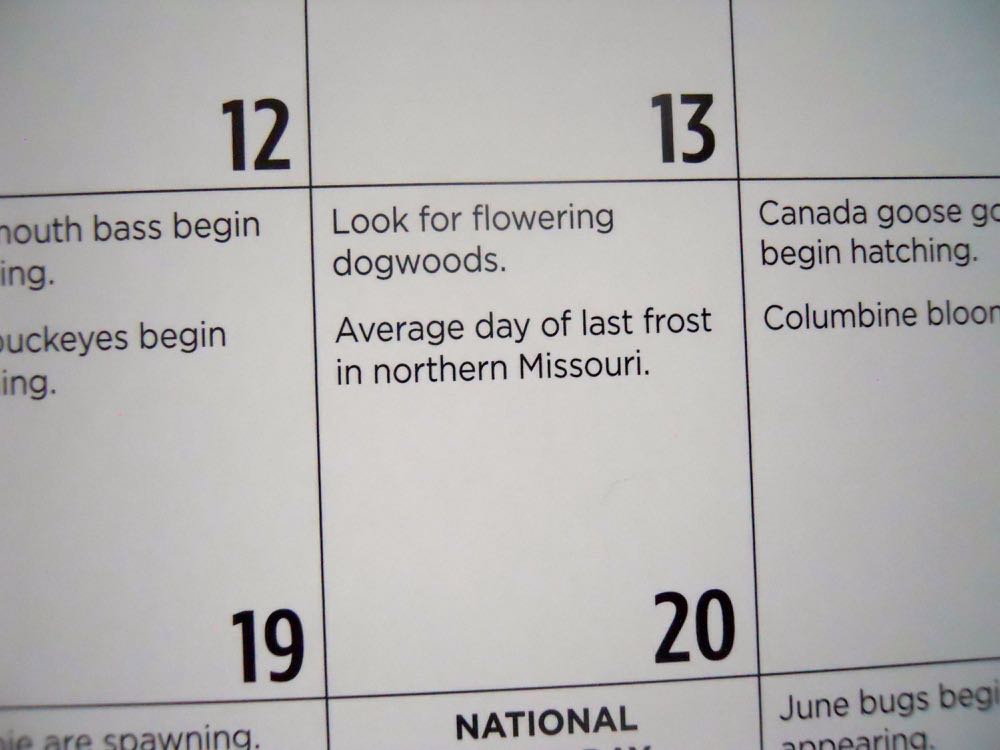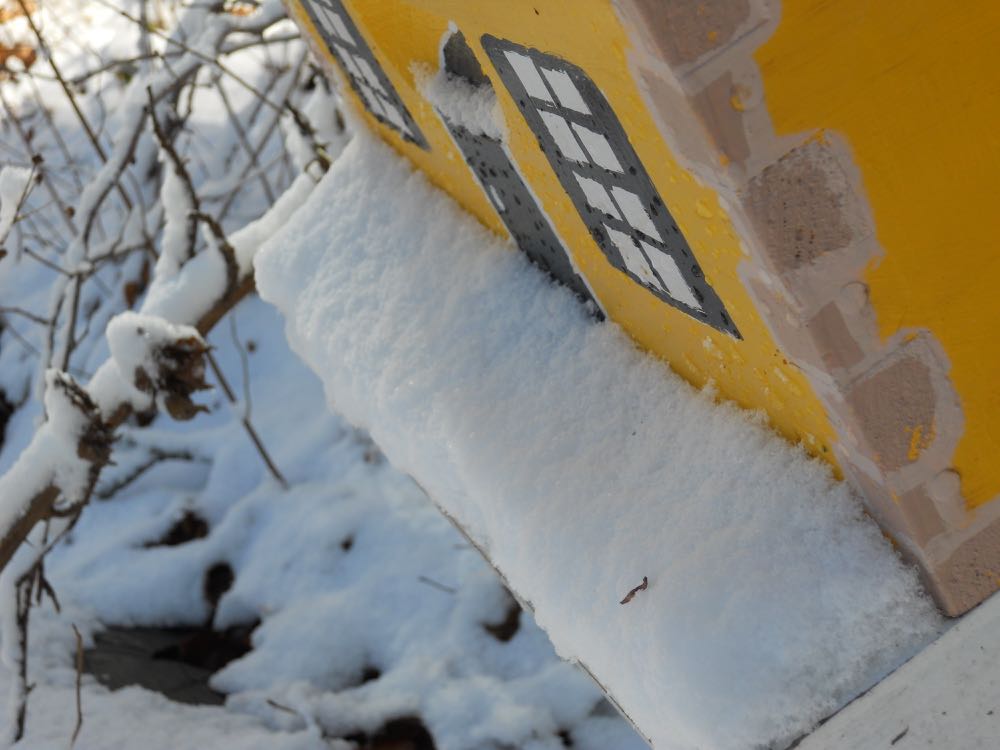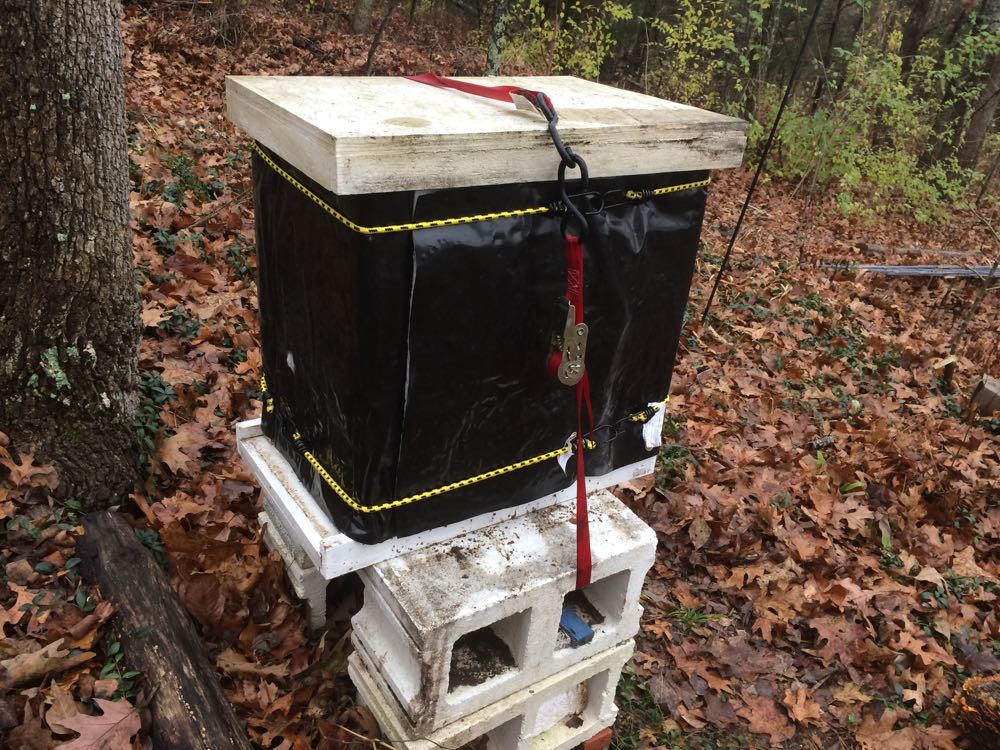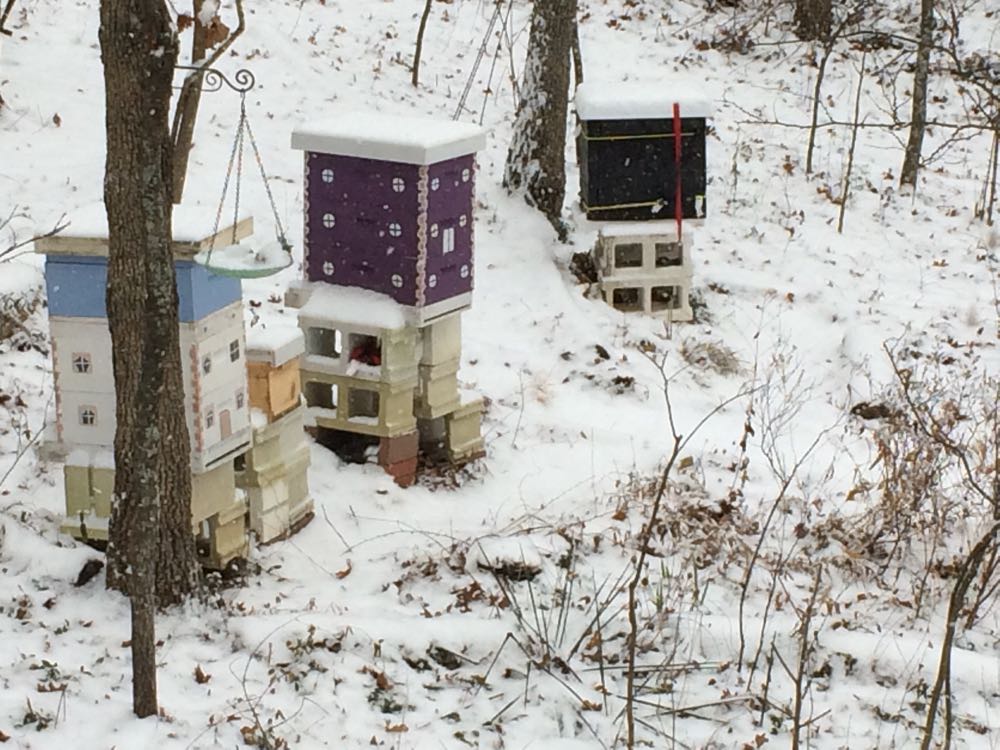Homemade Small Hive Beetle Lure
/Ingredients for homemade small hive beetle lure. (Photo by Charlotte Ekker Wiggins)
Homemade Small Hive Beetle Lure
Record hot temperatures are scorching Missouri this summer, the sub-Sahara like conditions that make a ladybug-size black beetle very happy. Small hive beetles moved into Missouri about 5 years ago and, coupled with the tick-like varroa mites, can easily destroy a honey bee colony, the small hive beetles sliming their way all over the honey and forcing the colony to leave in a week’s time.
Hard to think about that when one sees the lovely hive products such as our honey samplers.
To keep small hive beetles in check, I use and recommend keeping re-usable small hive beetle traps in colonies with this homemade small hive beetle lure. The only challenge is that it takes 2 weeks to ferment so make it ahead and keep it refrigerated so you will have it when you need it.
The original small hive beetle lure recipe recommends apple cider vinegar, which helps to attract the small hive beetles. If you don’t have the apple cider vinegar, you can substitute white distilled vinegar and double the number of banana peels, the idea is to make the lure irresistible to the invasive bugs.
Once they climb into the trap after the lure, they drown in the mineral oil in the trap.
Homemade Small Hive Beetle Lure Recipe
½ cup apple cider vinegar*
¼ cup sugar
1 cup water
1 ripe banana peel cut up finely (or two cut up banana peels if using white vinegar)
*If using white vinegar, double the banana peel per batch.
One quart jar will hold a double batch of homemade small hive beetle lure.
How to Make Small Hive Beetle Lure
Combine all ingredients and allow to ferment for about 2 weeks. Fill center of re-usable traps with lure. Fill side traps 1/3 full with mineral or vegetable oil. Replace when full of SHB or every few days.
With hotter weather, traps should be checked and refreshed more frequently.
Clear top of traps of propolis.
How to Place Small Hive Beetle Traps
During spring-fall, place small hive beetle traps in opposing super corners and rotate the placement as you add supers.
For winter, place small hive beetle traps in the center of the hive where the bees will cluster.
Ingredients in a jar that will now ferment for a couple of weeks. (Photo by Charlotte Ekker Wiggins)
This is a recipe just for the lure; you place it in small beetle traps to use.






































